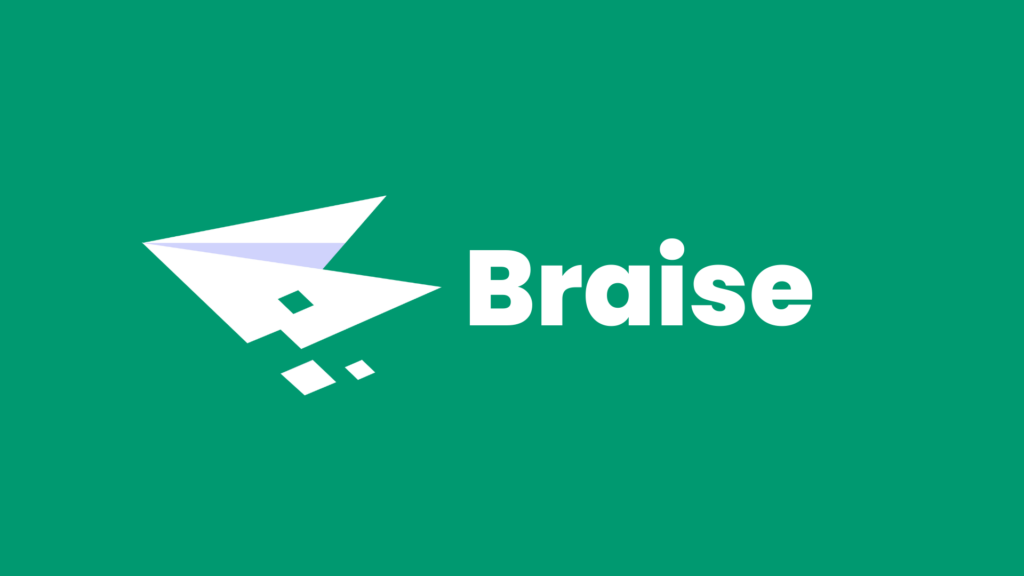In today’s digital landscape, user experience (UX) and user interface (UI) design have become pivotal elements in creating successful products and services. These two intertwined disciplines play a fundamental role in shaping how users interact with technology. In this comprehensive guide, we will explore the world of UI/UX design, covering everything from their definitions to the skills required, career prospects, and how to embark on a journey to become a UI/UX designer.
What is UX Design?
User Experience Design, or UX Design, is the process of enhancing user satisfaction by improving usability, accessibility, and overall pleasure during the interaction between the user and a product. UX designers aim to understand users’ needs, behaviors, and motivations to create meaningful and valuable experiences. These experiences often involve a product or service’s ease of use, efficiency, and emotional impact on the user.
What is UI Design?
User Interface Design, or UI Design, focuses on the visual and interactive elements of a product. UI designers are responsible for crafting the look and feel of a product, ensuring that it is visually appealing, consistent, and intuitive. They work on designing the layout, buttons, icons, typography, and color schemes, aiming to make the user’s interaction with the product as smooth and enjoyable as possible.
What is a UX Designer, and What Do UX Designers Do?
UX designers are professionals who specialize in creating and enhancing the overall user experience. Their tasks involve user research, user testing, information architecture, wireframing, and prototyping. They collaborate closely with UI designers and developers to translate their insights into functional and aesthetically pleasing designs.
UX designers:
- Conduct user research to understand user needs and behaviors.
- Create user personas and scenarios.
- Develop information architectures and sitemaps.
- Design wireframes and prototypes.
- Test and iterate on designs based on user feedback.
- Ensure a seamless and satisfying user journey throughout the product.
What Skills Do UX Designers Need?
To excel in UX design, professionals should possess a diverse set of skills, including:
- User Research: The ability to conduct thorough research to understand user needs and preferences.
- Wireframing and Prototyping: Proficiency in creating wireframes and prototypes to visualize and test design concepts.
- Information Architecture: The skill to structure and organize information effectively.
- Usability Testing: The capacity to gather and analyze user feedback to refine designs.
- Communication: Strong communication skills to collaborate with cross-functional teams effectively.
What is a UI Designer, and What Do UI Designers Do?
UI designers focus on the aesthetic and interactive aspects of a product. They work on translating the UX designer’s insights into visually appealing and user-friendly interfaces. Their responsibilities include:
- Designing the layout and structure of a product.
- Selecting color schemes and typography.
- Creating icons, buttons, and other visual elements.
- Ensuring consistency in the user interface.
- Collaborating with UX designers and developers to implement designs.
What Are the Different Types of UI?
UI can vary depending on the platform and context. Some common types of UI include:
- Graphical User Interfaces (GUI): Used in most software applications, these interfaces include menus, buttons, and windows.
- Voice User Interfaces (VUI): Found in voice-controlled devices like smart speakers, VUI relies on spoken language for interaction.
- Augmented Reality (AR) and Virtual Reality (VR) UI: Used in AR and VR applications, these interfaces provide immersive experiences and interactions.
What Skills Do UI Designers Need?
Successful UI designers should possess the following skills:
- Visual Design: Proficiency in graphic design principles, including layout, color theory, and typography.
- UI Tools: Mastery of design tools such as Adobe XD, Sketch, or Figma.
- Prototyping: Ability to create interactive prototypes to demonstrate user flows.
- Coding Basics: Understanding of front-end development languages like HTML and CSS.
What’s the Difference Between UX and UI?
While UX and UI are closely related, they serve different purposes:
- UX focuses on the overall user experience and involves user research, information architecture, and usability testing.
- UI concentrates on the look and feel of a product, including visual elements, layout, and interactive components.
What Is a UX/UI Designer?
A UX/UI designer, also known as a hybrid designer, combines both UX and UI skills. These professionals can handle the entire design process, from user research and wireframing to visual design and prototyping. They are versatile and valuable team members who bridge the gap between user experience and user interface design.
Is UX/UI Design a Good Career?
Yes, UX/UI design is a promising career choice. With the increasing importance of digital products and services, the demand for skilled UX/UI designers continues to grow. Companies across various industries seek professionals who can create exceptional user experiences, making it a rewarding and stable career path.
What Is the Salary of a UX/UI Designer?
Salaries for UX/UI designers can vary depending on factors such as location, experience, and industry. On average, UX/UI designers can earn competitive salaries, often ranging from $60,000 to $120,000 per year.
How Do I Become a UX/UI Designer?
To embark on a career as a UX/UI designer, follow these steps:
- Educational Foundation: Start with a degree in a related field like graphic design, human-computer interaction, or a UX/UI design-specific program.
- Build a Portfolio: Create a strong portfolio showcasing your design skills and projects.
- Gain Experience: Seek internships or entry-level positions to gain practical experience.
- Networking: Attend industry events and connect with professionals to expand your network.
- Continual Learning: Stay updated with the latest design trends and tools through workshops, courses, and self-study.
The Role of Research in UI/UX Design
In the realm of UI/UX design, research is the foundation upon which exceptional user experiences are built. UX designers conduct extensive research to gain insights into user behaviors, preferences, and pain points. This research-driven approach enables them to make informed design decisions and create products that truly resonate with their target audience.
User research methods include:
- Surveys and Questionnaires: Gathering feedback from users through structured surveys and questionnaires helps in understanding their needs and expectations.
- User Interviews: Conducting one-on-one interviews allows designers to dig deeper and explore users’ motivations and challenges.
- Usability Testing: Observing users interact with prototypes or existing products provides valuable feedback on the user experience.
- Analytics: Analyzing user data and behavior on websites and apps helps in identifying areas for improvement.
The Iterative Design Process
UI/UX design is an iterative process, which means that it involves multiple cycles of design, testing, and refinement. This approach allows designers to continuously improve the user experience based on user feedback and evolving project requirements.
The iterative design process typically consists of the following stages:
- Research: Understanding the problem and the target audience through user research.
- Conceptualization: Brainstorming ideas and creating initial design concepts.
- Prototyping: Developing interactive prototypes or wireframes to visualize the user journey.
- Testing: Gathering user feedback through usability testing and making improvements.
- Implementation: Collaborating with developers to bring the design to life.
- Evaluation: Continuously assessing the design’s performance and making adjustments as needed.
UI/UX in the Mobile Era
With the proliferation of smartphones and mobile apps, UI/UX design for mobile devices has gained significant importance. Mobile UI/UX designers face unique challenges, such as limited-screen real estate and touch-based interactions. Creating a seamless and user-friendly mobile experience requires a deep understanding of mobile design principles and best practices.
Mobile UI/UX design considerations include:
- Responsive Design: Ensuring that the interface adapts to different screen sizes and orientations.
- Touch-friendly Elements: Designing buttons and navigation elements that are easy to tap and interact with on touchscreens.
- Performance Optimization: Optimizing mobile apps for speed and efficiency to provide a smooth user experience.
The Future of UI/UX Design: Emerging Trends
As technology continues to evolve, UI/UX design is also evolving to meet the changing needs of users. Some emerging trends in UI/UX design include:
- Voice User Interfaces (VUIs): With the rise of voice-controlled devices like smart speakers, designing voice interfaces is becoming increasingly important.
- AI and Machine Learning: Integrating artificial intelligence and machine learning into user interfaces to provide personalized experiences and predictive capabilities.
- Accessibility: Designing inclusively to ensure that products are accessible to users with disabilities.
- Augmented Reality (AR) and Virtual Reality (VR): Exploring new ways to create immersive and interactive experiences.
Conclusion: Embark on Your UI/UX Design Journey
UI/UX design is a dynamic and ever-evolving field that offers endless opportunities for creative professionals. Whether you have a passion for crafting intuitive user interfaces or are driven by the desire to create exceptional user experiences, this exciting industry offers opportunities for all.
To succeed in UI/UX design, remember to:
- Embrace research to truly understand your users.
- Embrace an iterative design process to refine your work continually.
- Stay up-to-date with industry trends and emerging technologies.
- Build a strong portfolio that showcases your skills and expertise.
- Network with fellow designers and professionals in the field.
By adhering to these principles and committing yourself to the art of UI/UX design, you can set out on a rewarding career journey, ultimately leaving a significant imprint on the digital landscape.








